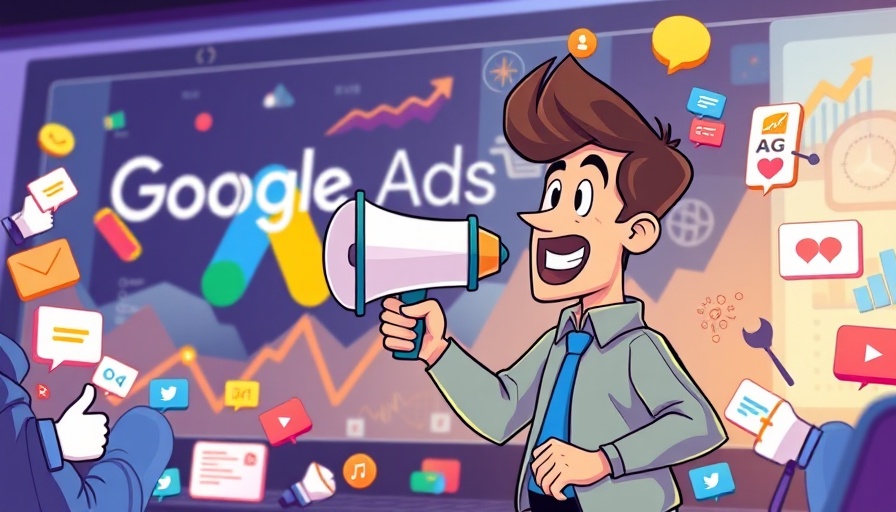
Understanding Performance Max Campaigns
Performance Max campaigns allow advertisers to maximize their reach across Google's vast network by utilizing advanced automation. These campaigns can be tailored to achieve specific business goals, such as driving online sales, generating leads, or enhancing customer lifetime value (CLV). Instead of relying solely on traditional methods, businesses can take advantage of Performance Max to finely tune their advertising tactics based on their unique objectives.
Getting Started with PMax Strategies
To truly harness the power of Performance Max, advertisers must move beyond the default settings. Begin by focusing on audience signals; for example, if you're in e-commerce, include previous purchasers and cart abandoners as target audiences. Furthermore, ensure that your product feed is optimized with accurate information to facilitate stronger engagement with potential customers.
Optimizing Your Audience Signals
Using first-party data like CRM lists is crucial for defining your audience signals. This enhances the algorithm's ability to deliver your advertisements to the right people. Additionally, employing lookalike audiences can help widen your reach while maintaining lead quality. Remember, the main objective is to generate high-quality leads that have the propensity to convert, emphasizing the importance of precise targeting.
PMax for E-commerce: Key Strategies
For e-commerce businesses, optimizing product feeds is imperative. Ensure that you have detailed and attractive product titles, images, and descriptions. Using custom labels to group products based on profitability can also lead to smarter bidding strategies. Additionally, implementing dynamic remarketing can effectively target audiences who have previously engaged with your products and push them towards conversion.
Lead Generation Techniques
When using Performance Max to generate leads, it’s essential to ensure that your lead capturing forms are optimized for ease of use. A/B test different lead capture elements on your landing pages to identify which variations work best. Keeping forms short and asking for essential information helps reduce friction and encourages more visitors to convert into leads.
Maximizing Customer Lifetime Value (CLV)
PMax offers opportunities to focus not just on new customer acquisition but also on maximizing the value of existing clients. Strategies like targeted repeat purchase promotions or loyalty programs can enhance customer engagement and drive repeat business. Consider using first-party data to segment audiences for tailored messaging, encouraging upsells and cross-sells that resonate with past purchase behavior.
Leveraging Automation for Cost-Effective Campaigns
Automation is the crux of Performance Max campaigns. Advertisers should embrace automated bidding strategies to manage their costs effectively. For example, setting Target Return on Ad Spend (ROAS) can help focus on maximizing profit margins. Additionally, periodically reviewing performance data will illuminate insights that are essential for further optimization.
Conclusion: Taking Action on PMax Strategies
The world of digital advertising is rapidly changing, and companies that adapt their strategies accordingly will thrive. With Performance Max, the blend of automation and fine-tuned targeting means businesses can drive significant growth when executed effectively. By focusing on optimizing audience signals, refining your product feeds, and leveraging automation, companies can unlock unparalleled opportunities for success in their advertising endeavors.
If you're keen on implementing these strategies, it's time to assess your current campaigns, make adjustments, and watch your results improve. Don't wait — start enhancing your Performance Max campaigns today!
 Add Row
Add Row  Add
Add 




Write A Comment